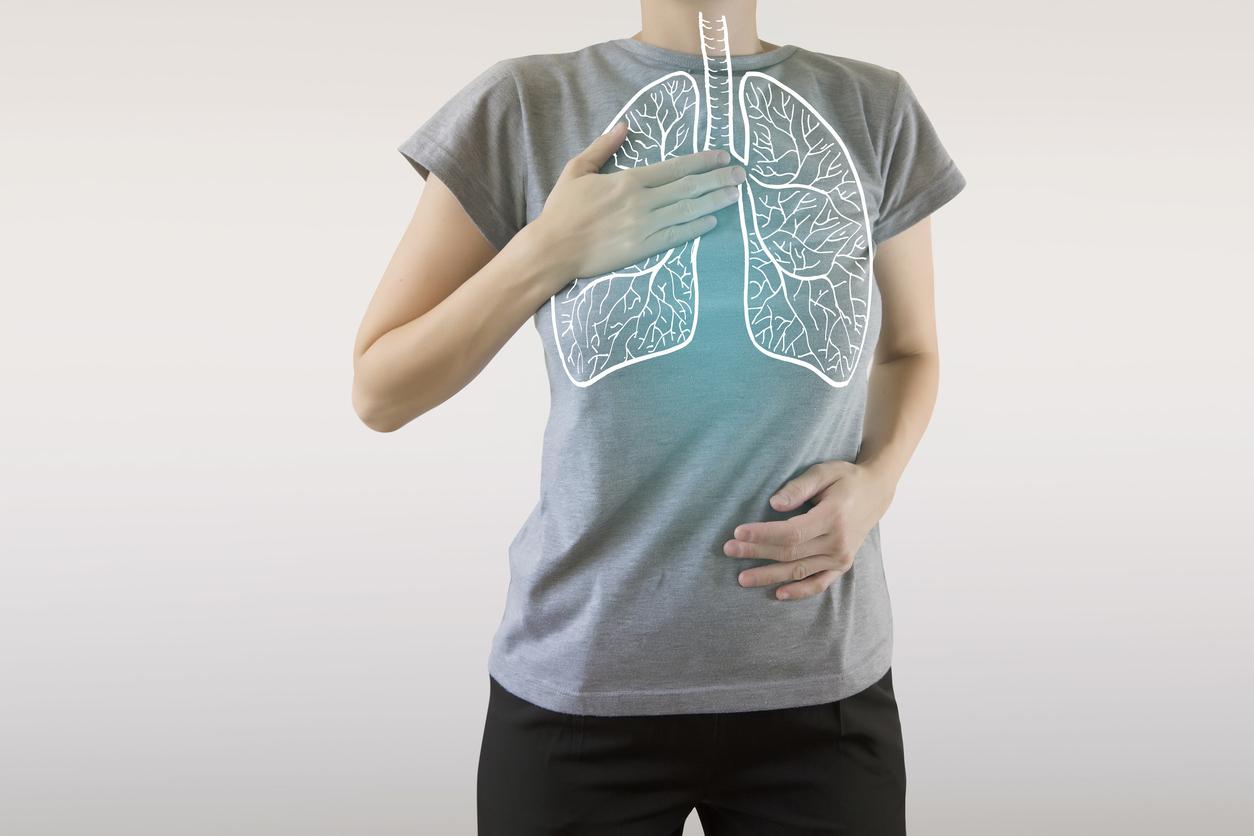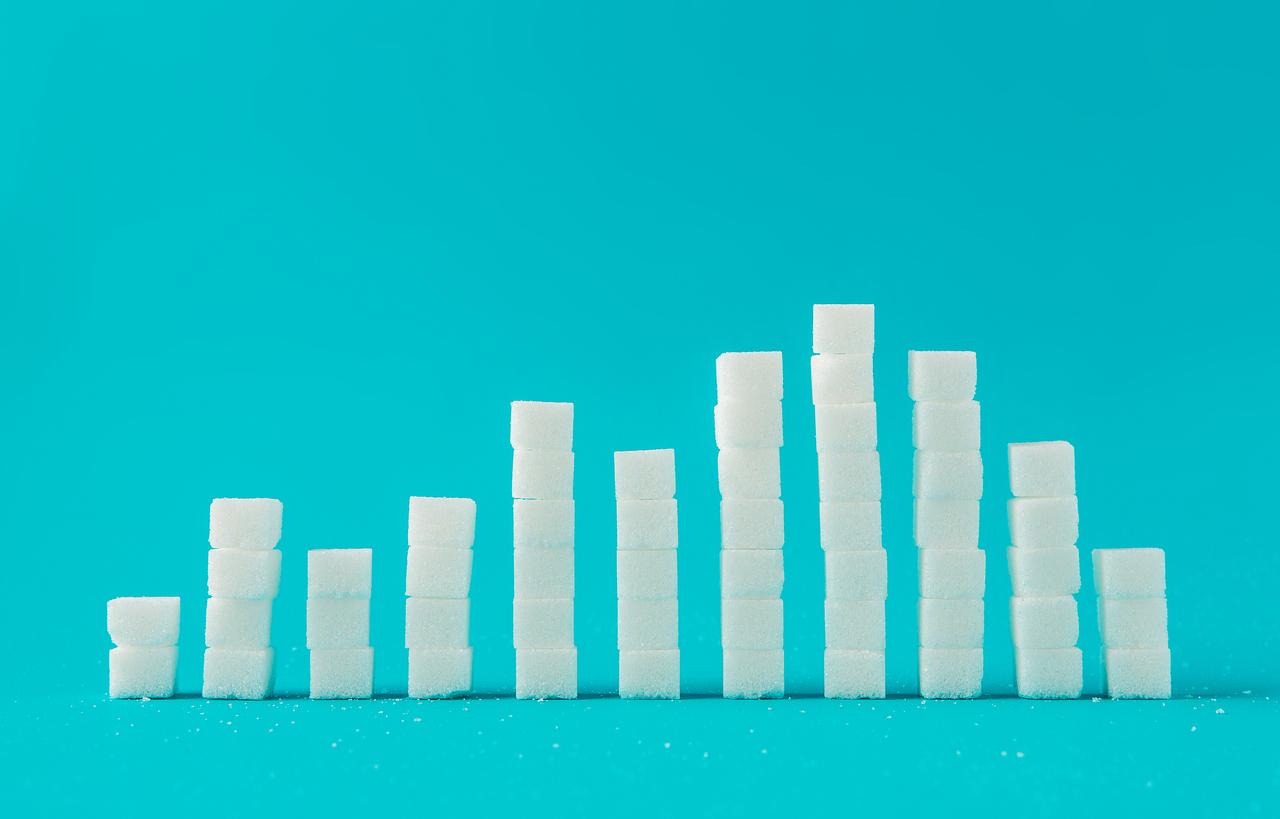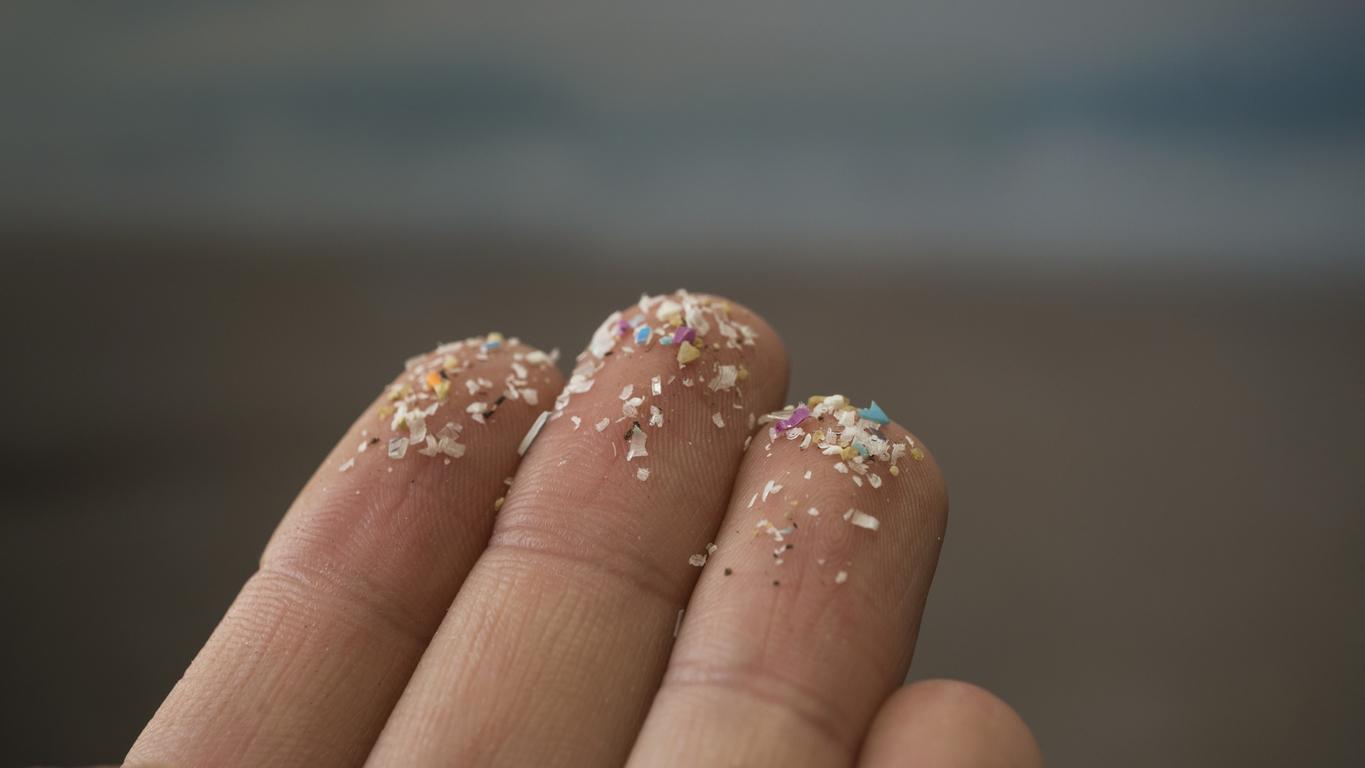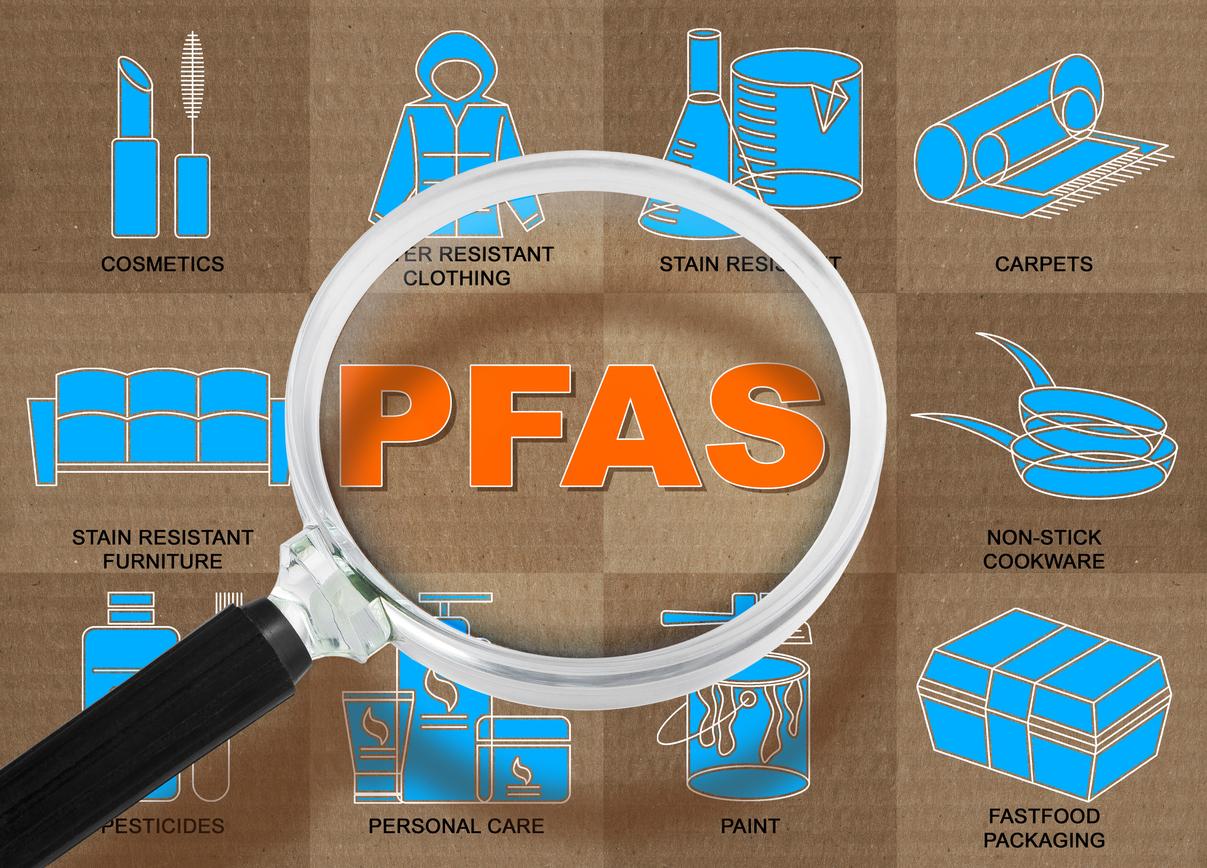Indoor pollution is toxic for our body and for the state. The National Agency for Food, Environmental and Occupational Health Safety (ANSES) points to an invisible enemy that is continuously inhaled: indoor air.
Each individual spends an average of 90% of their time in indoor environments. He therefore finds himself unknowingly exposed to pollutants that can affect his health to varying degrees (asthma, irritations, allergies, etc.).
In a report, ANSES figures “the economic consequences of the impact of some of the indoor air pollutants on the health” of the French. Main lesson: this “public health concern” is very expensive. Slate is estimated at around 19 billion euros for a year the cost of indoor air pollution. This sum includes, among other things, the estimated cost of premature death, the estimated cost of providing care.
Indoor pollutants include any “physical agent and chemical or microbiological contaminant” present in the indoor environment. The sources are variable: heating, cooking, furniture, cleaning products, outdoor air pollution, etc.
For this study, ANSES retained six pollutants: benzene, radon, trichlorethylene, carbon monoxide, particles and environmental tobacco smoke.
This non-exhaustive work, since it does not take formaldehyde and mold into account, should make it possible to strengthen prevention and protection measures for the population.


















